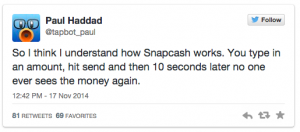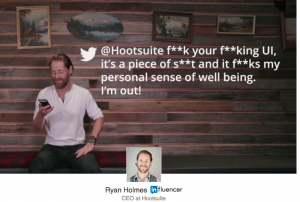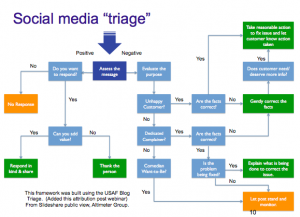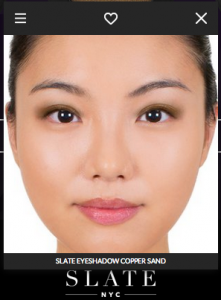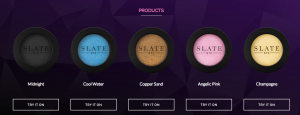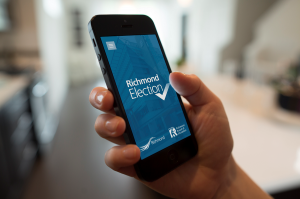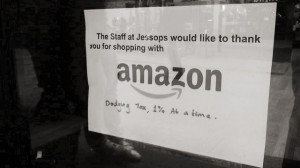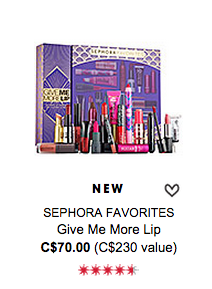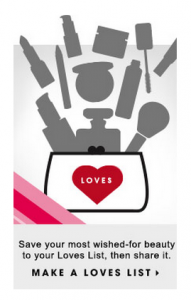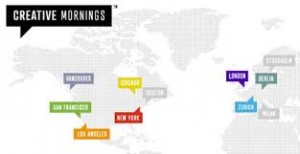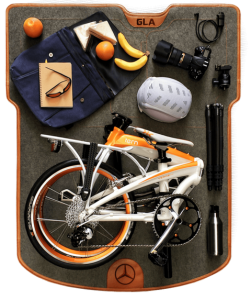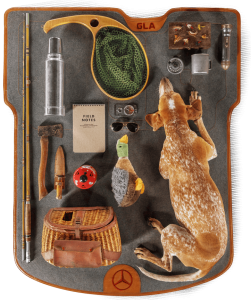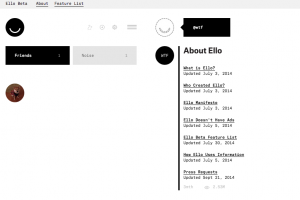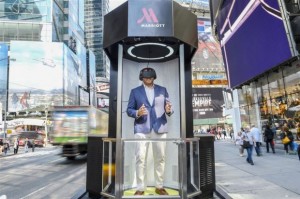Through a partnership with peer-to-peer payment provider Square, Snapchat will soon be offering U.S. Snapchatters over the age of 18 the opportunity to send friends an e-transfer by way of private message. Once the Snapchatter has set up an account linked to his/her debit card, the transfer process will be as easy as sending a regular Snapchat.
The biggest issue with Snapcash seems to be concerns over security. Given that Snapchat had a massive security breach in January 2014 that caused over 4.6 million usernames and passwords to be published online, the idea of handing over banking info is one that some Snapchatters will no doubt be weary of. And for good reason. Snapchat is obviously in tune to this, however, as it makes it abundantly clear that all banking info will be handled solely by Square Cash – which has a much better reputation for properly managing confidential info.
Another issue with Snapchat, although more comical in nature than anything, is that Snapchat’s entire platform is based on messages that disappear after a few seconds. (Or not, per “the Snappening” of October 2014) So what does this mean for your cash transfer? A funny interpretation was posted in this Mashable article:
Hilarity aside, the success or failure of Snapcash will definitely have implications for Snapchat overall, as this is clearly a major step towards offering ads and possibly a “purchase now” feature similar to what Twitter has been experimenting with.

